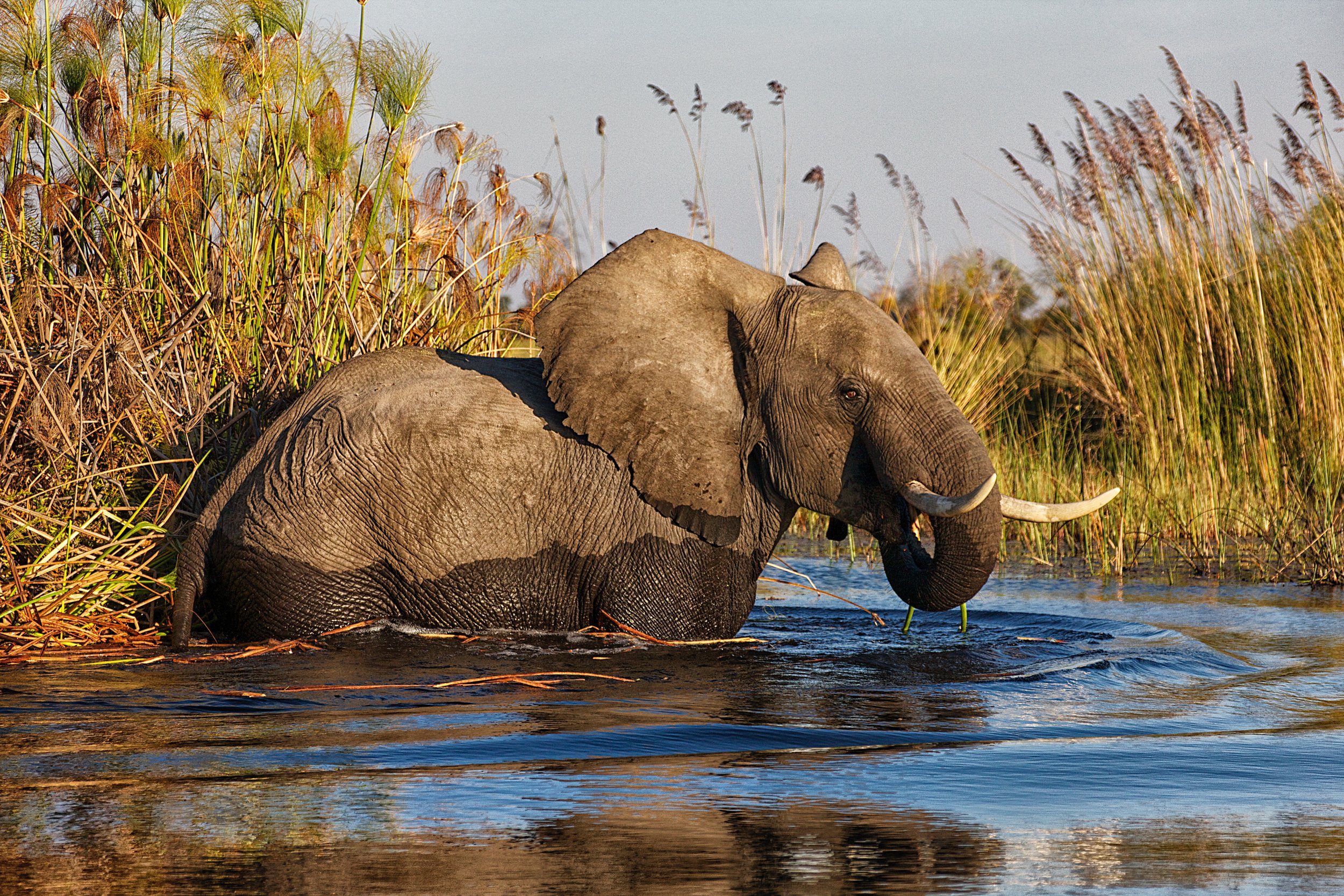While we are well aware of the challenges faced by renowned ecosystems like the Arctic, Amazon rainforest, and the Great Barrier Reef, there are lesser-known regions around the globe that are also teetering on the edge due to climate change. In this article, we will delve into five such vulnerable ecosystems that are often overshadowed by their more famous counterparts. These hidden gems face grave threats from the changing climate, highlighting the urgent need for attention and action to protect their unique biodiversity and delicate balance.
The Sundarbans Mangrove Forest, Bangladesh and India
Image by Soumyajit Nandy
Tucked away in the deltas of the Ganges and Brahmaputra rivers, the Sundarbans Mangrove Forest is the world's largest contiguous mangrove forest and a UNESCO World Heritage site. Rising sea levels and increased cyclonic activity pose significant challenges to this critical ecosystem. Saltwater intrusion due to rising seas threatens the balance of the mangrove ecosystem, and more frequent and intense cyclones and storm surges erode coastal habitats, endangering wildlife and the millions of people dependent on its resources.
The Cerrado, Brazil
Image by Gil df
The Cerrado, South America's largest savanna, remains relatively unknown compared to the Amazon rainforest. However, it harbors an astonishing diversity of flora and fauna. Climate change-induced factors like rising temperatures, altered precipitation patterns, and increased fire occurrences are pushing this unique habitat to the brink. The conversion of vast areas of the Cerrado for agriculture exacerbates the situation, further fragmenting the ecosystem and threatening countless endemic species.
The Monteverde Cloud Forest, Costa Rica
Image by Peter Andersen
Nestled high in the mountains of Costa Rica, the Monteverde Cloud Forest is a mesmerizing haven of biodiversity. However, this delicate ecosystem faces multiple climate change-related challenges. Rising temperatures and changing cloud cover patterns directly impact the cloud forest's unique flora and fauna, pushing them to higher elevations in search of suitable habitats. Additionally, changes in precipitation patterns disrupt the forest's delicate water balance, putting stress on its intricate web of life.
The Finnish Peatlands, Finland
Image by Ximonic (Simo Räsänen)
The Finnish Peatlands, located in northern Finland, are a mosaic of fens, bogs, and swamps, serving as crucial carbon sinks and habitats for various bird species. However, rising temperatures are thawing the permafrost, releasing stored carbon and contributing to greenhouse gas emissions. This feedback loop intensifies climate change, threatening the delicate balance of this pristine wetland ecosystem.
The Coral Triangle, Southeast Asia
Image by Acropora
Stretching across Indonesia, the Philippines, Malaysia, Papua New Guinea, Timor-Leste, and the Solomon Islands, the Coral Triangle is a haven for marine biodiversity. Despite its ecological significance, the region faces mounting climate change pressures. Rising sea temperatures, ocean acidification, and coral bleaching events pose severe threats to the stunning reefs and the countless species they support. The loss of this extraordinary ecosystem would not only harm marine life but also jeopardize the livelihoods of millions of people reliant on the ocean's resources.
While the Arctic, Amazon, and Great Barrier Reef rightfully grab attention for their climate change vulnerability, it is essential to shed light on lesser-known ecosystems facing equally dire circumstances. The Sundarbans Mangrove Forest, Cerrado, Monteverde Cloud Forest, Sundalharjante Wetlands, and Coral Triangle all teeter on the precipice of irreversible damage. Protecting these hidden gems requires urgent global action, from mitigating greenhouse gas emissions to promoting sustainable land use practices and conservation efforts. Let us not forget these lesser-known treasures and work collectively to ensure their survival for future generations to cherish and enjoy.




















